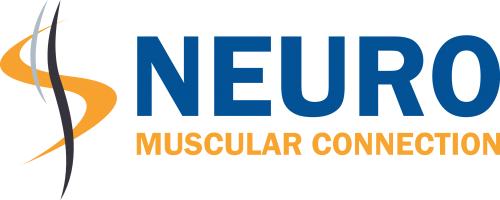Chiropractic
Chiropractic is a natural, hands-on method of healing. It involves diagnosis and treatment via manual manipulation of the spine and extremities. Chiropractic as we know it was developed in 1895 by Daniel David Palmer. He believed that the power that made the body can heal the body, and he termed this “innate intelligence”.
In truth, spinal manipulation has been an effective healing art for thousands of years. The ancient Egyptians and the ancient Chinese both practiced spinal manipulation as a healing art. Hippocrates, the father of modern medicine, also utilized spinal manipulation and believed that we can, “look well to the spine for the cause of disease”.
Encased in your spine and skull are your spinal cord and brain which form your Central Nervous System (CNS). The CNS controls the rest of your body and receives signals from your Peripheral Nervous System (PNS). Chiropractic adjustments relieve tension on the spinal cord and CNS, which allows your nervous system to function at its highest capacity.
Kinesiology
Applied kinesiology involves the art and science of muscle testing. The word kinesiology comes from the words kinesis meaning movement and from logos meaning to study. It literally means the study of movement.
In the 1960s Dr. George Goodheart found that he could evaluate body function by the use of muscle tests. The principles of muscle testing can be used to evaluate virtually any organ or system in the body. It can be used to find nutritional needs and food sensitivities. People evaluated with this method are often amazed that something so simple can work so well.
During the examination some muscles will test strong and others will test weak. The chiropractor skilled in applied kinesiology may realize that the weakness found in the muscle test may not only indicate poor muscle function, but possibly a connection with organ function, nutritional issues, issues with the acupuncture meridian, lymphatic drainage issues or vascular issues.
The kinesiologist understands that certain patterns of muscle weakness give clues to the body’s function. Each muscle, for example, can be tested to give an indication of how a specific organ is functioning. A television set and a lamp plugged into the same circuit can both malfunction together. If the television has a short in it, it can overload the circuit breaker, denying power to the lamp, causing it to go out. Think of the television as being analogous to the organ. The circuit breaker is analogous to the nervous system (spinal nerve and spinal cord). The lamp is analogous to the muscle. A skilled applied kinesiologist can use muscle testing and relationships like those between muscles and organs to aid in diagnosis and treatment.
Muscle imbalance causes structural strain. It can result in muscle spasm, joint pain, poor sports performance, a tendency for injury, or even systemic health problems. Structural stress can affect the nervous system, affecting every organ and system in the body.
Muscles not only move bones, they hold the skeletal system in place. There is a dynamic tension in the musculoskeletal system. The muscles act like guy wires holding the bones in place. Skeletal balance is maintained by opposing muscles. If a muscle is weaker than the one opposing it, the opposing muscle becomes tight, and the skeletal structures will be out of balance.
A weak muscle can cause pain and spasm in the opposing muscle. Ironically, many therapeutic efforts are directed toward spastic muscles, which often are not the cause of the problem. For example, weak abdominal muscles will cause the pelvic to tilt and the low back muscles (which oppose them) to go into spasm. Until the weakness in the abdominal muscles is corrected, efforts to reduce the spasm in the low back will not be very effective.
The doctor trained in applied kinesiology corrects muscle weakness and muscle imbalance by working with the nervous system, the lymphatic system, the vascular system, acupuncture meridians and nutrition. This is a holistic approach designed to get to the cause of health problems.



